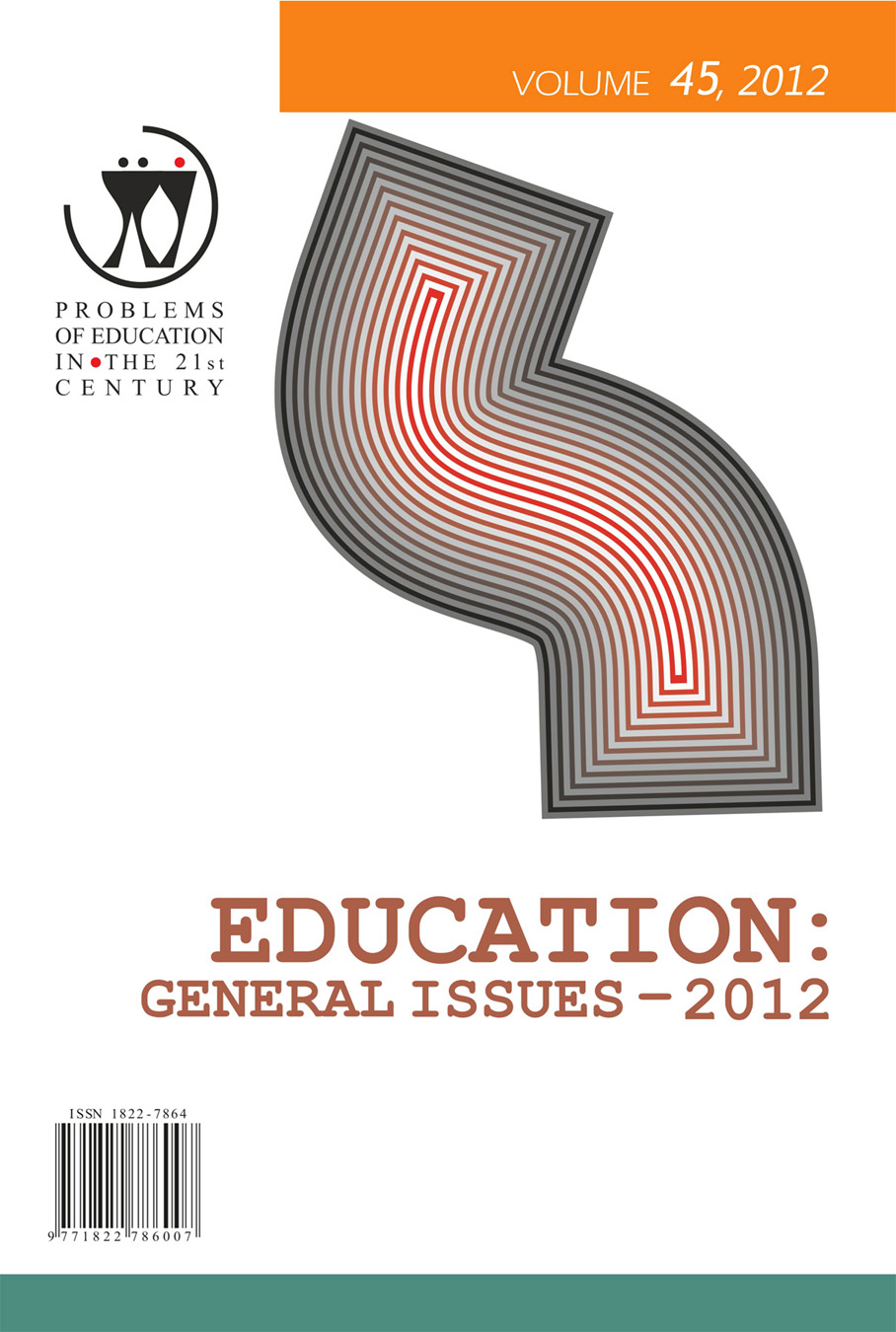USAGE OF SOCIAL NETWORKING WEBSITES: LITHUANIAN UNIVERSITY STUDENTS’ POSITION
USAGE OF SOCIAL NETWORKING WEBSITES: LITHUANIAN UNIVERSITY STUDENTS’ POSITION
Author(s): Vincentas Lamanauskas, Violeta Šlekienė, Loreta RagulienėSubject(s): Education, Higher Education
Published by: Scientia Socialis, UAB
Keywords: social networking websites; survey; university students;
Summary/Abstract: Over the latter decade a rapid development of information communication technologies has been going on in various directions. Technological possibilities have increased very significantly (Lamanauskas, 2011). The development of internet and technologies related with it has been extremely fast. A lot of internet service providers have appeared in the market, their number still continues to grow. The internet connection methods are changing - from the ordinary usage of phone line modems (dial - up) to broadband internet technology (DSL) and cable TV internet nets. It can be asserted, that over the mentioned period Web 1.0 internet (static, used for getting information) has been changed to Web 2.0 internet (social). The internet diaries, social portals, technologies allowing live communication on the internet (Internet Relay Chat, IRC), talk programme Windows Live Messenger (MSN), ICQ forums and other have occurred and are spreading. With the appearance of “Skype”, the internet telephony has acquired a qualitatively new characteristic and practically has become a daily routine. Thus, today a consumer can create his profile on the internet, can make friends, communicate in the interest groups and so on. It can be stated, that every human being contributes in his own way to the internet and at the same time to ICT development, in general. It is obvious, that together with technological problems also arise social internet problems. Social networking websites are closely related with economical, psychological, educational, paleological and other aspects. There is a shortage of researches grounding socio-educational social network aspects. It is important to know not only how much time the consumers spend surfing the net, but how much of this time is allotted for communicating in social networking websites, which of them are the most popular and why, how the respondents evaluate social networking website functions, what in general they know about them, what advantages, disadvantages and threats they discern. Finally, it is important to find out whether the usage of social networking websites improves information – communication abilities in some way.
Journal: Problems of Education in the 21st Century
- Issue Year: 45/2012
- Issue No: 1
- Page Range: 27-39
- Page Count: 13
- Language: English

